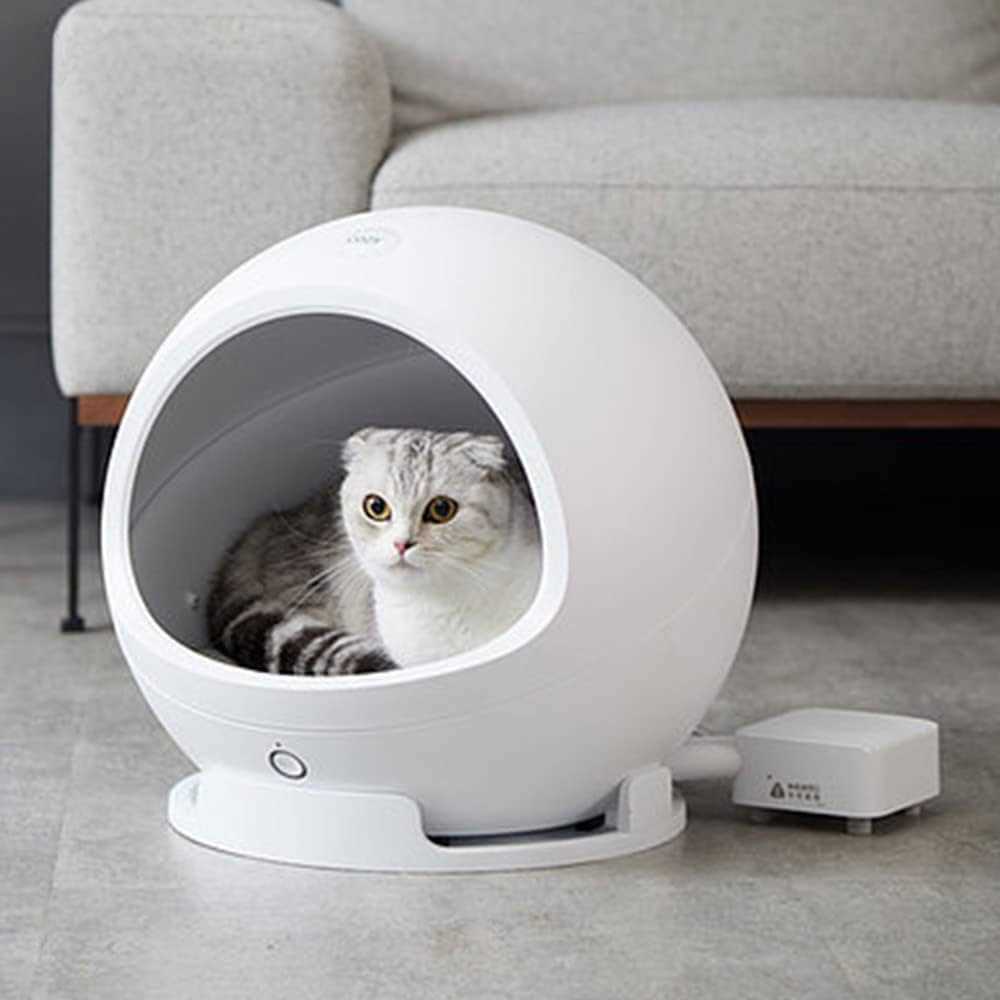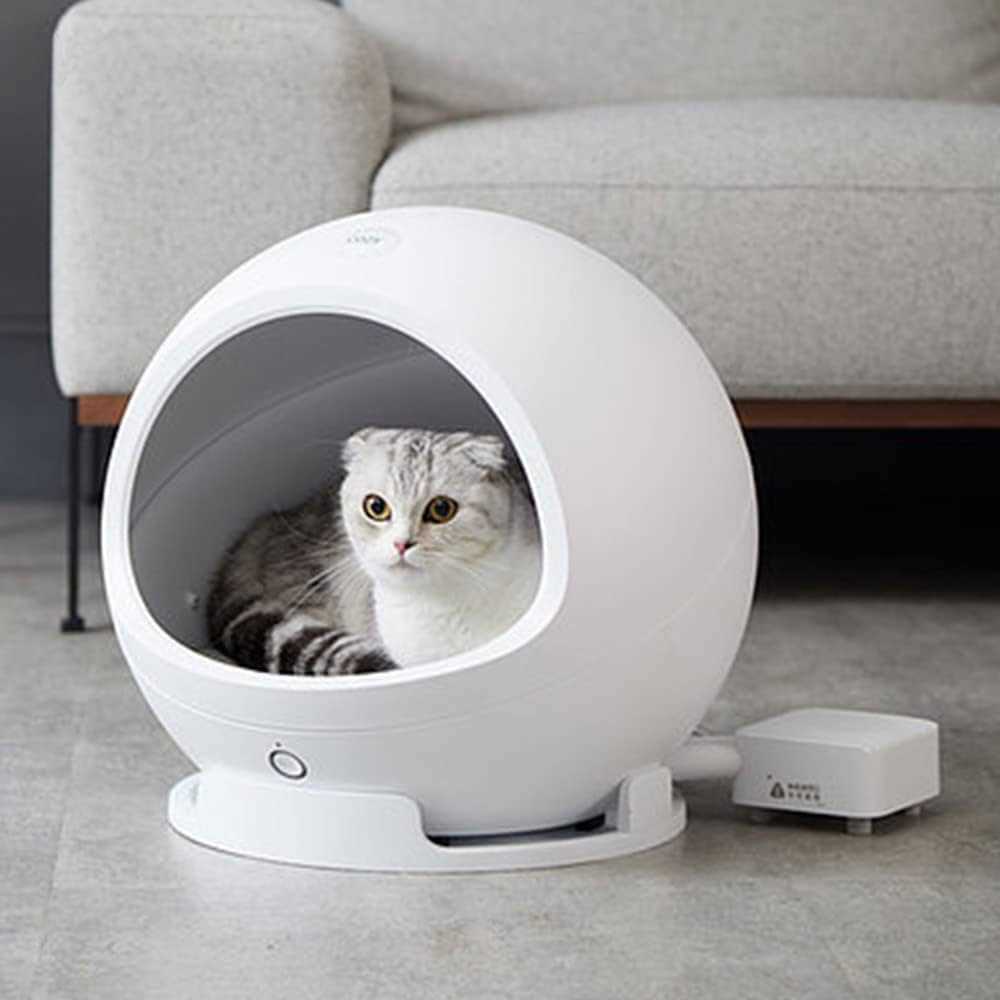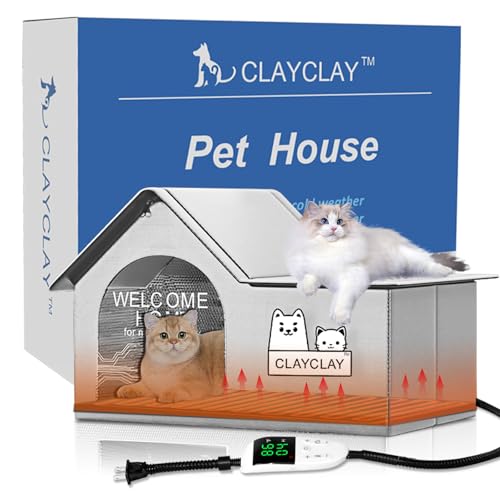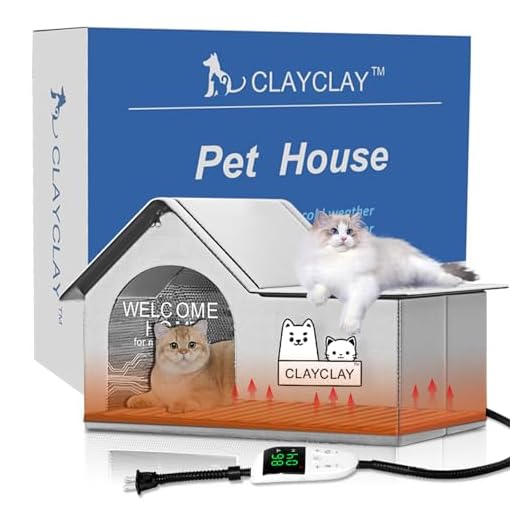



Definitely, I appreciate the coolness that it brings during those hot days. My human often turns it on, and I can feel the refreshing air flowing through the room. It helps me stay comfortable and makes lounging around much more enjoyable.
However, not all settings are ideal. Too much chill can be a bit overwhelming, especially if it’s set to the lowest temperature. I prefer a moderate setting that provides a gentle breeze without making my fur stand on end. It’s all about finding that perfect balance for a cozy environment.
It’s also essential to ensure that I have a warm spot to retreat to if I feel too cold. Sometimes, I like to curl up in a sunny spot after spending time in the cool breeze. This way, I can enjoy the best of both worlds!
Do Cats Enjoy Air Cooling Systems?
As an 8-year-old Scottish Fold, I can confidently say that a cool environment is quite pleasant. Those who control the temperature in the house often wonder if their furry friends appreciate the chill. From my experience, a well-regulated setting during hot days is definitely beneficial.
Comfort and Health
Being comfortable is key. Excessive heat can lead to stress and dehydration. In my case, I gravitate toward the cooler spots in the house, especially during sweltering summer days. It’s essential to provide a refreshing atmosphere so we can nap undisturbed. A moderate temperature helps maintain good hydration levels and keeps our energy balanced.
Safety Precautions
While the refreshing breeze is enjoyable, it’s crucial to monitor the intensity. Direct exposure to strong currents can be uncomfortable. I prefer a gentle flow rather than a blast, as it keeps me cozy without causing chills. Ensure there are warm spots available for those cooler moments, so I have options to choose from. Balance is everything!
Understanding Your Feline’s Temperature Preferences
Maintaining a comfortable environment is key for my well-being. It’s essential to monitor room temperatures, especially during warm months. Ideal conditions range from 70°F to 80°F (21°C to 27°C). This temperature allows me to lounge and play without overheating.
Signs of Discomfort
Observing behavior is crucial. If I seek cooler spots or stretch out flat, I might be feeling too warm. Conversely, if I curl up in cozy corners, it may indicate a preference for warmth. Keeping an eye on my activities helps in adjusting the room’s climate.
Temperature Management Tips
| Temperature | Recommended Actions |
|---|---|
| Below 70°F (21°C) | Provide blankets or cozy beds. |
| 70°F – 80°F (21°C – 27°C) | Maintain a comfortable environment; use fans if needed. |
| Above 80°F (27°C) | Ensure ventilation; provide cool spots and fresh water. |
Adjusting surroundings based on my preferences can significantly enhance my comfort. Regularly checking on my behavior ensures I stay happy and healthy.
Signs Your Feline Enjoys the Cool Breeze
Pay attention to these specific behaviors that indicate a fondness for cooler environments:
- Seeking out cool spots: If I regularly lounge in areas where the cool air flows, it’s a good sign. Those sunny windows become less appealing when I choose the floor near the breeze instead.
- Relaxed body language: Look for a calm demeanor. When I stretch out and purr softly in a cool area, it shows comfort and contentment.
- Increased activity levels: A refreshing environment can make me more playful. If I’m zooming around instead of napping, it might be the cooler air energizing me.
- Following the breeze: I often move from room to room, gravitating towards the airflow. If I’m always found near the source of coolness, it’s a clear preference.
- Choosing cooler surfaces: I might prefer lying on tile or other cool materials over soft blankets. This shows I’m seeking that refreshing touch.
Observing these signs can help you understand my comfort levels during warmer days. A cozy, cool atmosphere makes all the difference for my well-being.
Potential Risks of Cooling Units for Felines

Monitor humidity levels closely. Excessively dry environments can lead to skin irritations and respiratory issues. Ensure there’s a balance between cool air and adequate moisture.
Regularly check for drafts. Sudden temperature changes can provoke stress or illness. Designate cozy spots away from direct airflow for comfort.
Watch for dehydration. These systems can reduce moisture in the air, leading to increased thirst. Always provide fresh water to maintain hydration.
Be cautious with loud noises. Some models can be noisy during operation, which might frighten sensitive companions. Choose quieter units or place them in less frequented areas.
Consider the settings. Extreme cold can cause discomfort or even health issues. Set the thermostat to a moderate level to prevent chills.
Keep an eye on behavior. If any signs of lethargy, excessive grooming, or hiding occur, reevaluate the environment. Adjustments may be necessary to ensure safety and well-being.
Consult with a vet if unusual symptoms develop. Professional advice can be invaluable in establishing a comfortable living space.
Best Air Conditioning Settings for Cat Comfort
Set the thermostat between 75°F and 78°F (24°C to 26°C) for optimal comfort. This range helps maintain a pleasant environment while preventing your furry friend from feeling too cold. It’s important to monitor the temperature, especially during the hottest days.
Humidity Levels

Keep humidity levels around 40% to 50%. A dehumidifier can assist in creating a comfortable atmosphere, as too much moisture can make even cooler temperatures feel stifling. Cats are sensitive to humidity, and excessive moisture can lead to discomfort.
Zones of Comfort
Consider creating zones within your living space. Some areas can be cooler while others can be slightly warmer. Use fans to circulate air in specific spots where your pet likes to lounge. This allows them to choose their preferred temperature without feeling overwhelmed.
Also, ensure that their resting spots, like a cozy bed or favorite chair, are placed away from direct drafts. Keeping your environment cat-friendly is essential, and remember to protect your furniture with a best couch cover for cats to avoid any damage.
Alternatives to Air Conditioning for Cooling Cats
For those looking to keep their furry friends cool without relying on mechanical cooling systems, several practical options exist. One option is a cooling mat. These mats use gel technology to absorb body heat, providing a refreshing surface for lounging. Ensure it’s placed in a shaded area to maximize its effectiveness.
Fans and Ventilation
A simple fan can create a gentle breeze, helping to circulate air in a room. Position it where I can enjoy the airflow, but not direct it straight at me. Additionally, keeping windows slightly open can allow for natural ventilation, letting in a cooler breeze during the evening or early morning.
Hydration and Wet Food
Staying hydrated is crucial. Providing fresh water daily is a must, and incorporating wet food into my diet can help keep my body temperature down. Cold treats, like frozen broth or commercial icy snacks designed for pets, are delightful for cooling off during hot days.
Setting up shaded spots around the house, using light-colored bedding, and creating cozy hideaways can also provide comfort. My favorite napping spots should be away from direct sunlight. These simple adjustments can make a big difference in keeping me comfortable and happy during warm weather.
How to Introduce Your Cat to Air Conditioning
Start with short exposure to the cool environment. Set the temperature at a comfortable level, around 75°F (24°C), and allow me to explore the area without sudden changes. Gradually increase the duration of time spent in this refreshed atmosphere.
Observe my behavior closely during these initial encounters. If I seem relaxed and curious, it’s a good sign. However, if I show signs of discomfort–such as hiding or excessive grooming–reduce the cooling effect and give me a break.
Use positive reinforcement. Treats or playtime in the vicinity of the cooling unit can create a positive association. This makes the experience enjoyable rather than overwhelming.
Ensure I have a cozy retreat available, like a blanket or my favorite bed, in case I want to step away from the chill. Having a choice allows me to feel secure and in control.
Consider the noise level of the cooling system. Some units can be quite loud, which may be startling. If possible, choose a quieter model or place it in a location where the sound is less intrusive.
Monitor my hydration. As the environment becomes cooler, I may drink less water. Keep my water bowl filled and fresh to encourage me to stay hydrated.
For more information on how to support my well-being, check out where are proteins produced in the cell.
FAQ:
Do cats enjoy staying in air-conditioned rooms?
Cats generally appreciate cooler environments, especially during hot weather. Air conditioning can help maintain a comfortable temperature, preventing overheating. However, individual preferences may vary. Some cats might seek out warmer spots, while others will gravitate towards the cooler areas provided by the AC. Observing your cat’s behavior can give you insights into their comfort levels in different temperatures.
How does air conditioning affect a cat’s health and behavior?
Air conditioning can positively affect a cat’s health by reducing the risk of heat-related issues, such as heatstroke, especially for breeds with thick fur. A cooler environment can help cats remain active and comfortable. However, it’s crucial to ensure that the air conditioning doesn’t make the room too cold, as extreme temperatures can lead to discomfort or respiratory issues. Providing a cozy spot with a blanket or ensuring the temperature is moderate will help maintain their well-being. Additionally, a comfortable environment can influence a cat’s mood, leading to a more relaxed and playful demeanor.










